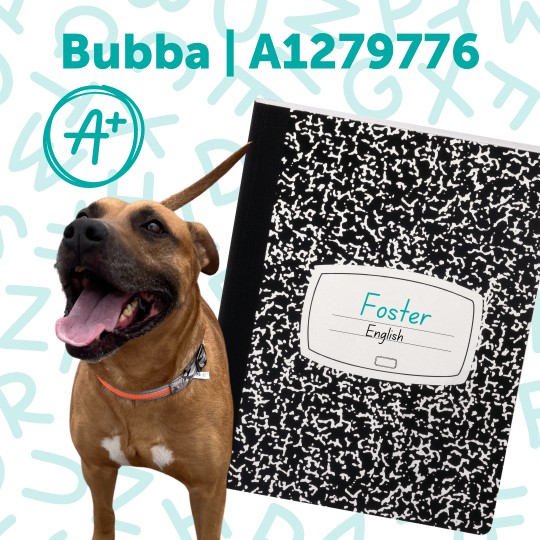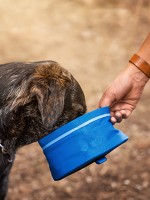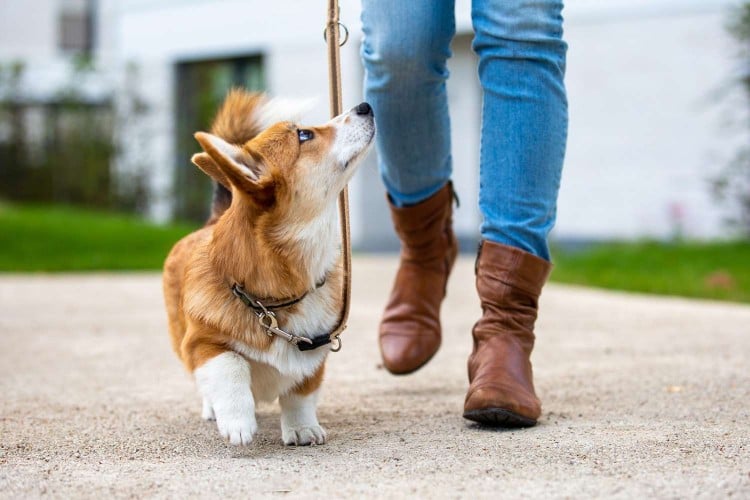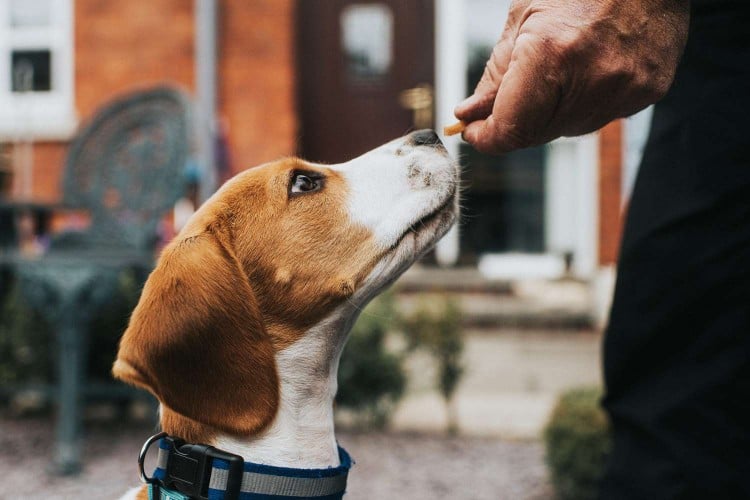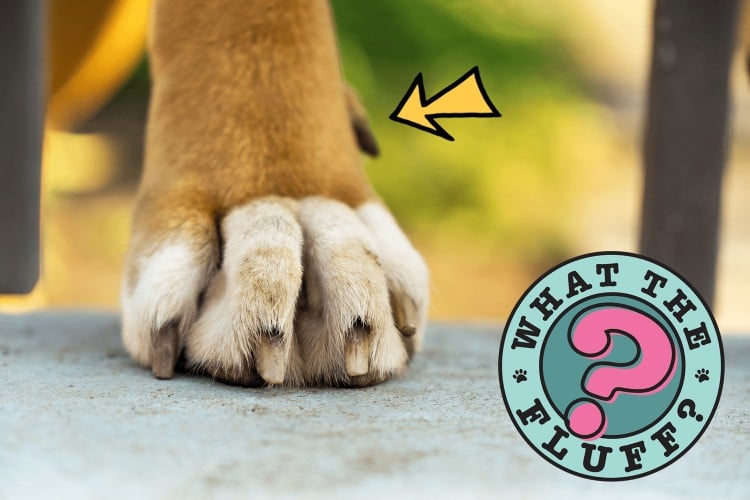There’s joy in learning. Remember that excited feeling you get when you master a new skill? Dogs feel the same way. Their desire to learn something new—and to do it with you, their favorite human in the whole world—is at the heart of dog training. With us as their guide, our dogs can learn great skills that they can use throughout their lifetime. Skills that keep them safe and help them interact with the world in happy and healthy ways.
While we sometimes hear training referred to as “obedience training,” the process isn’t so much about teaching your dog to do something, as it is helping your dog to learn something. And that learning relationship starts with trust. Research shows us that dogs develop a trusting relationship with their dog parents through shared activities such as going for exploration walks, playing games and playing with toys, meeting new friends together (human and canine), and—yep—learning skills.
Positive Reinforcement Works Best
Science tells us that the most effective training method (or better yet, learning method) is positive reinforcement-based training. Simply put, positive reinforcement involves adding a reinforcer (something your dog loves) after your dog does a behavior you want. By providing your dog a reinforcer immediately after he does a desired behavior (like “sit”), your dog is more likely to do the behavior again and again. If he does? Voila! A behavior learned.
Zazie Todd, PhD and author of Wag: The Science of Making Your Dog Happy, endorses positive reinforcement, and positive reinforcement training, as the best ways to create a good relationship with your pet. While you may hear the term “obedience” or “obedience training” used to talk about training a dog to understand basic cues and learn new skills, that term can sometimes imply using punishment or corrections to get a dog to “obey” versus teaching or encouraging a dog to make choices.
Using punishment is never advised when working with a dog, no matter their age or breed. When you’re investigating training resources, look for programs that specifically use the term “positive reinforcement” and detail how they utilize it. Unfortunately, some trainers claim to use positive reinforcement but still use harsh methods too.
“There's a lot of information about training that is very old-fashioned and very outdated,” Todd says. Punishment, such as yelling at your dog, instills fear— not trust—in your pet. Todd cites studies that indicate punishment-based training methods can result in behavior problems for dogs.
Training isn’t so much about teaching your dog to do something, as it is helping your dog to learn something.
DIY or Get Dog Training Help
There are lots of ways to teach your dog new skills. Generally speaking, the cost for training depends on the level of personalized attention you and your dog want as well as the location and the individual trainer’s usual fee. There are many wonderful (and economical) books, videos, and websites that can help you follow a do-it-yourself training regime. If you find that you need more support, getting involved in a class or hiring a trainer might be the best choice for you and your dog.
Here are some options to consider:
- You can do it yourself at home following dog training books, videos, or websites. There are many great websites that offer free tutorials, handouts, and resources like www.clickertraining.com and iSpeakdog.org.
- You can take your dog to a public training class (which is also a great way to socialize your pet). On average, classes run $100–$200 for a six- or seven-week class (1 hour per week) depending on the trainer and the location.
- You can take an online training class. Expect to pay $30–$100 per hour or per class.
- You can hire a dog trainer for private lessons to work with you and your dog. Cost is anywhere between $75 to $300 or more an hour, depending on the trainer. This is typically the most expensive option but may be best for dogs that need a little extra attention.
- You can enroll your dog in positive-based train-and-play day camps at boarding facilities or training centers. Prices will vary greatly depending on the length of the training program, if they are private sessions, and how old your dog is.
Tips: A more expensive dog trainer or program isn’t necessarily better. The dog training industry is unregulated and prices don’t always equate to quality. Also steer clear of anyone that advertises “results guaranteed” or “fast results promised.” Quality dog training takes time and patience. There are no miracle programs or trainers.
The cool thing about training your dog is that you are also training yourself to interact with your dog in a positive, relationship-building way. Like all things, in order to be successful both you and your dog need to put some time into the relationship. Todd recommends working with your dog every day. “Make it into a fun event,” she says.
What Are Some Really Important Things to Teach?
Basic training involves teaching your dog cues—where your dog listens to what you say, and responds. While dogs are very smart and can learn to do many things (square dance, jump through hoops, gather up sheep), there are a few key skills that are necessary for daily life.
Your Dog’s Name
This seems obvious, but it’s really common for dogs to not actually know their name, or to only respond to it in certain contexts. The moment you bring a pup home, be sure to build a solid understanding of their name. This can be done simply by pairing their name with a tasty treat. Say their name and if they turn towards you, treat! Be sure to never use their name when you are frustrated or think they did something wrong! Doing so will teach them that responding to their name may result in getting into trouble. Also be sure you do not overuse their name. Doing so may result in them ignoring it.
Focus
Basic training often starts with teaching your dog to focus on you. Teaching your dog to focus, or to pay attention, is a crucial skill that’s needed each time you want to teach your dog a new skill. But it’s also needed when you go for walks, hang out at the local park, or decide to participate in public training classes. This often looks like teaching your dog to respond to the cue “Watch me” or “Look.” Check out Laurie Luck’s video on paying attention for help.
Come When Called
“To come when called is important for the dog’s safety,” Todd says. “And for the safety of others,” she adds. “We know that when dogs are lost for more than 24 hours, it’s really traumatic for them.” Be sure you build a solid understanding of “come” as a cue. If your dog doesn’t respond the first one or two times you say “come,” don’t continue to repeat it! Repeating the cue over and over will only teach your dog that they only need to come when you say the word multiple times. Check out Postivitely.com for some good tips on teaching your dog “come.”
Leave It
Todd also considers the cues “leave it” or “drop it” important. “If your dog finds something he shouldn’t eat, this will make him stop,” she says. The “leave it” cue involves teaching your dog to ignore, or leave alone, things they find on the ground or surfaces. When your dog ignores the undesirable thing (like your trash!) you can reward them with a delicious treat they can have. Be sure to not give the treat or food item they were told to leave as their reward! The item to be left and the reinforcer you give should be different.
Sit, Down
Of course, other basic skills like “sit” and “down” are great tools to use every day. A good, solid “down” on cue will also turn into opportunities to teach your dog to settle (calm down) onto a mat or rug. And it can help them focus during other learning sessions, and you can build these basic skills into tricks, too.
Body Handling
Regular handling, petting, and touching of the ears and paws of your pet is important, Todd says. From puppyhood on, your dog should regularly be handled everywhere on their body so they don’t become sensitive to having any part touched, especially their ears or feet.
“It’s a life skill,” Todd says. It will be particularly important when your dog is being examined by a veterinarian or handled by a groomer. If your dog has any issues with handling or touching any areas of the body, it’s a good idea to consult with a trainer or behavior expert that can help your dog to learn to love being handled.
- Reward Your Dog with Treats to Teach Skills or Tricks: RELATED: Reward Your Dog with Treats to Teach Skills or Tricks
Reward with Food
Most dogs are food motivated but certain cues may require a high value of treat. “When it comes to training a behavior like getting a dog to come when called, up the treat factor,” Todd says.
